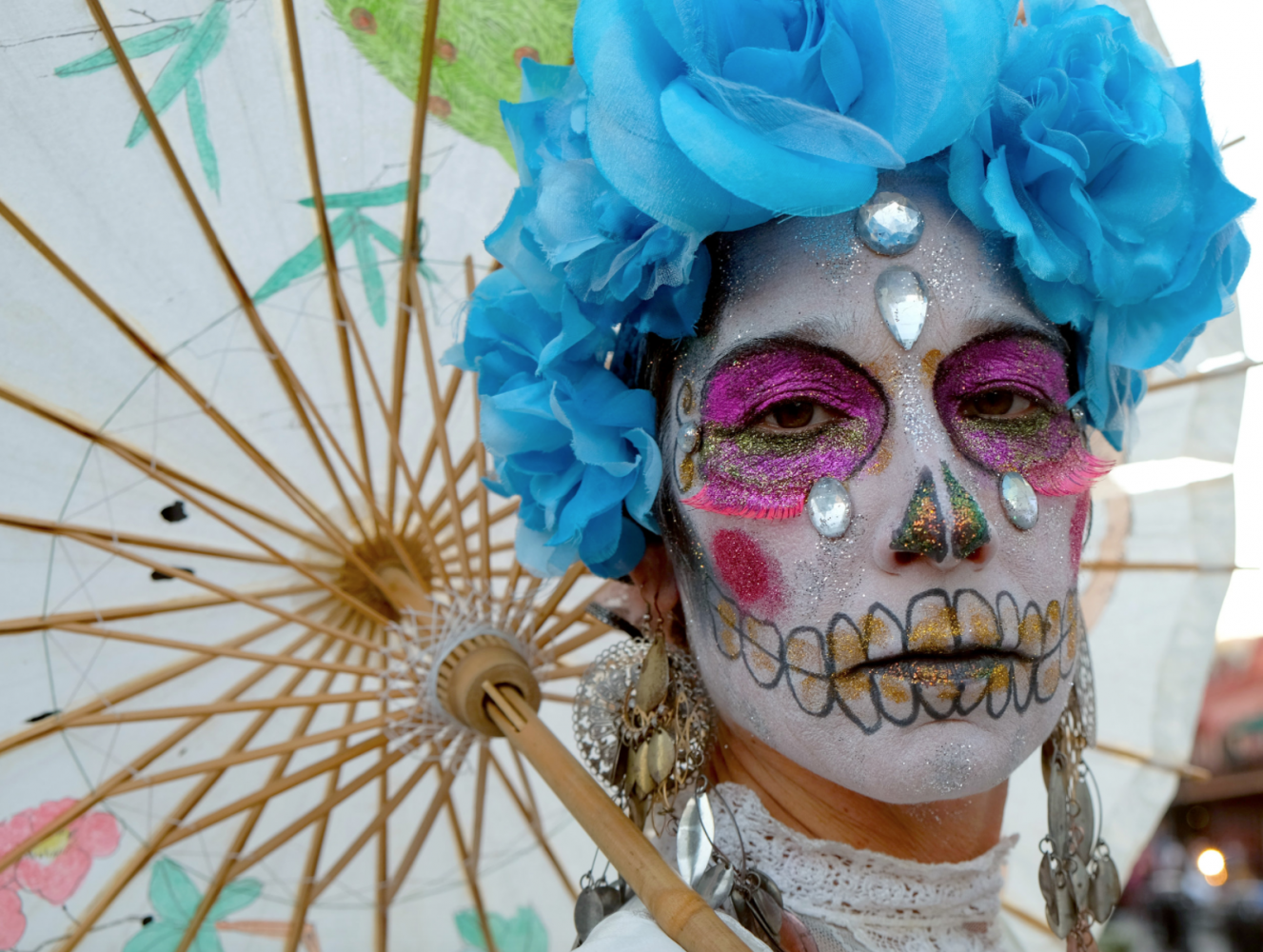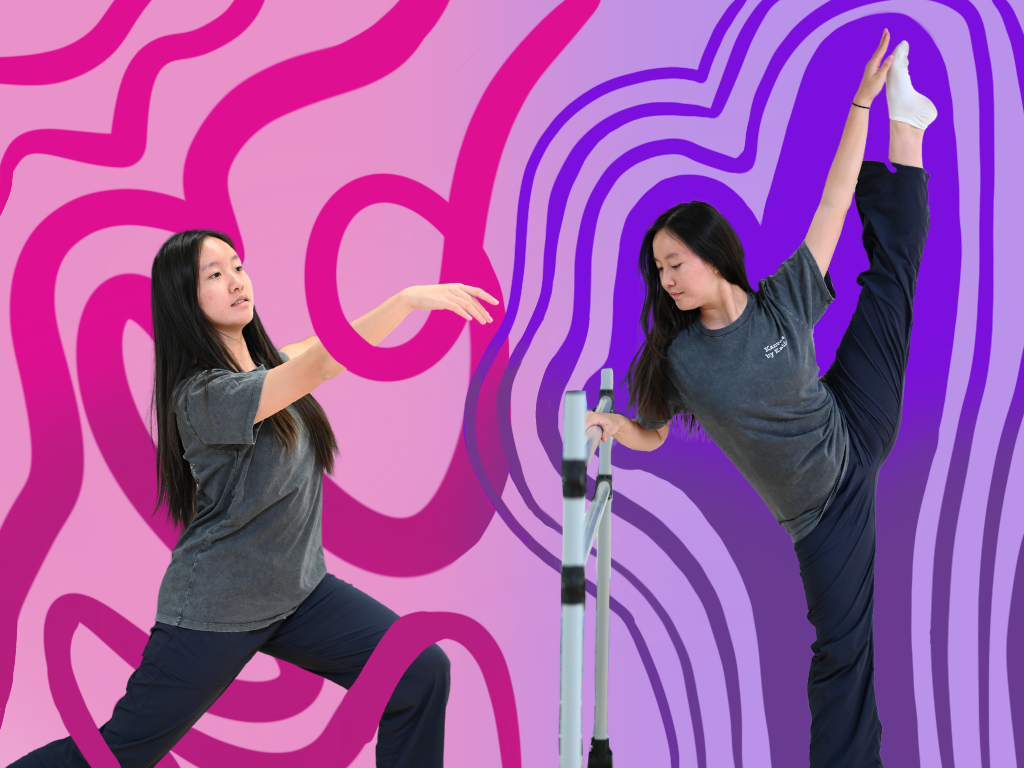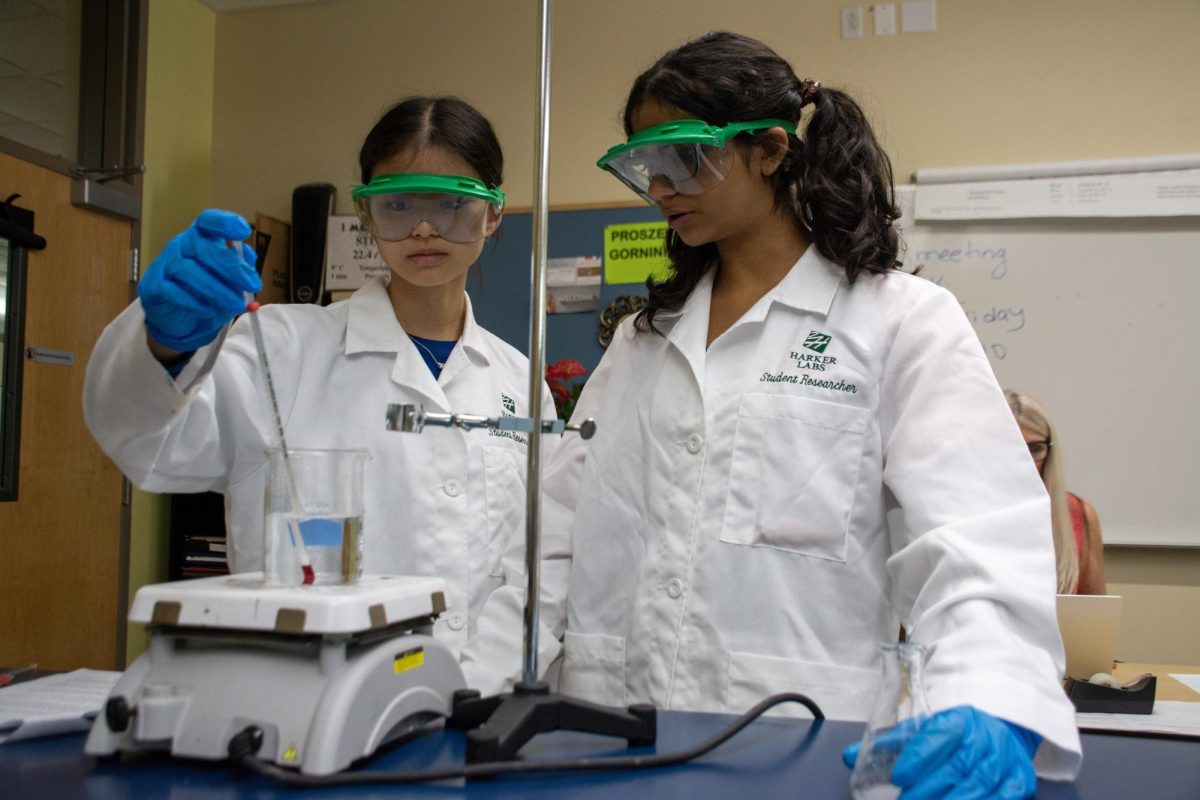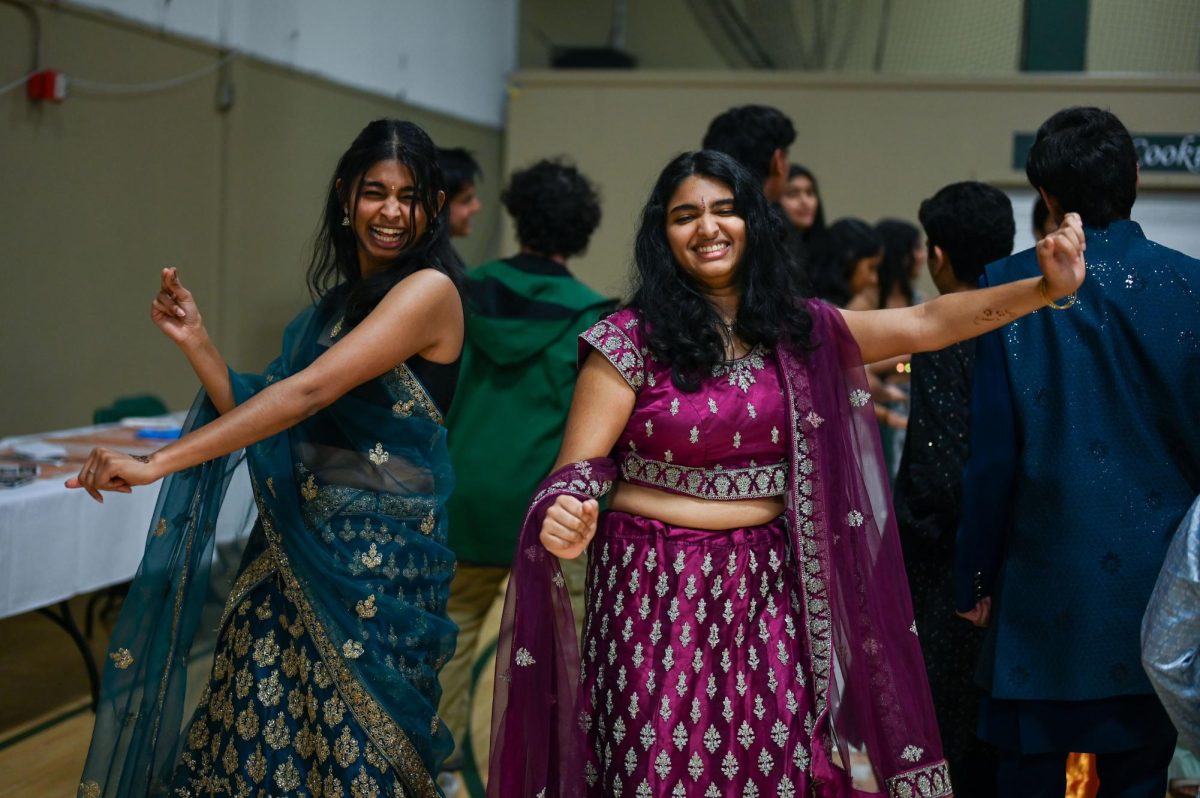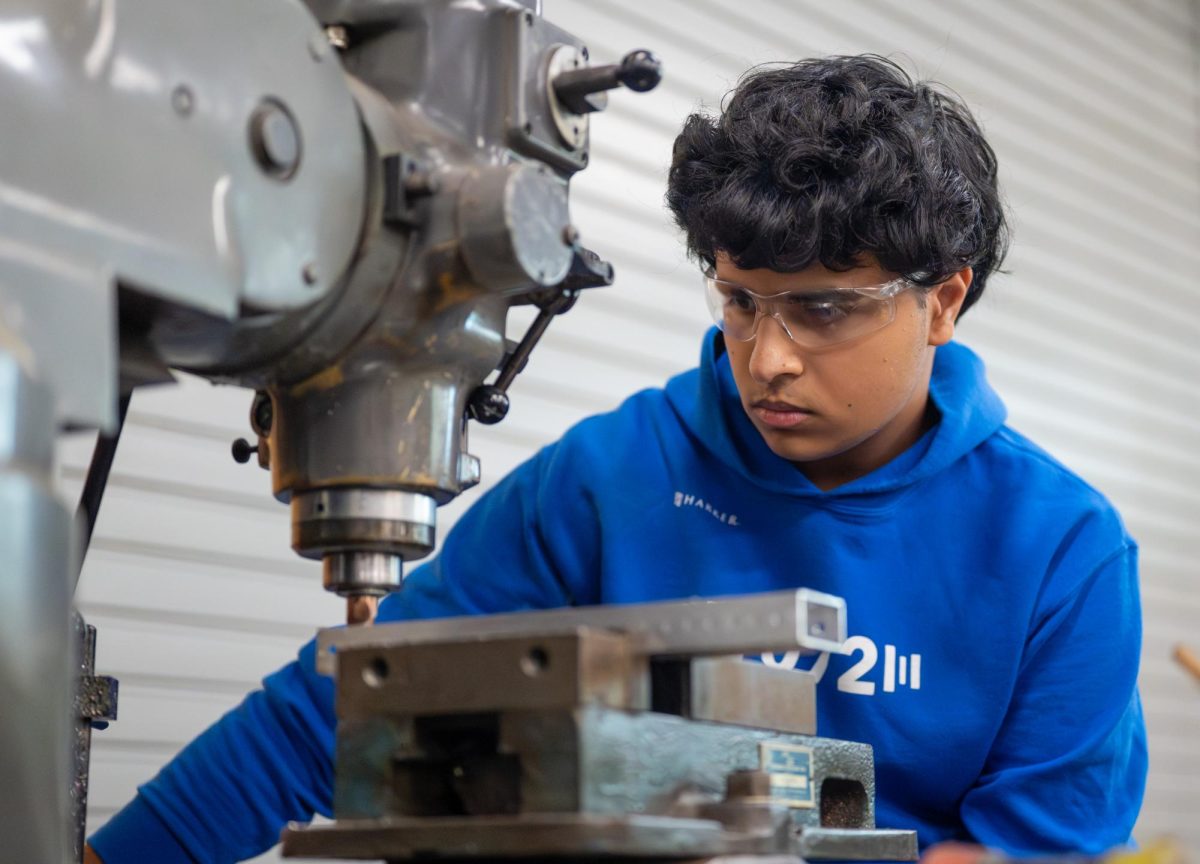So you wanna be a photojournalist?
Courtesy of Amanda Marmor
Amanda Marmor photographs a woman participating in a cultural celebration in the heart of New York. As a street photographer, Amanda’s main subjects—and her favorite subjects—are the people of New York City.
September 6, 2017
Amanda Marmor’s photography career began in an unconventional way. Like many artists of the profession, she had always enjoyed it as a hobby, but it wasn’t until she was locked in a building with dozens of college students that she truly discovered her passion for telling people’s stories through the lens of her camera.
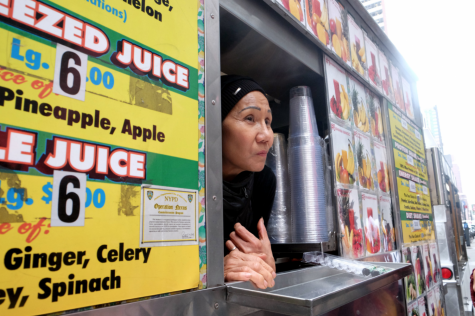
Amanda Marmor photographs a women leaning on the window of a food truck serving fruit juice.
At the time, Marmor was an undergraduate majoring in journalism at San Francisco State University. She and her fellow reporters were covering a demonstration led by students protesting a tuition-inflating administrative decree, and at one point during the rally, the protesters occupied a building. As the in-house reporter, Marmor decided to take it upon herself to document what was happening.
“I was the only journalist inside with them,” Marmor said. “ I was locked in the building for hours, and everybody was relying on me to report this story. I knew I was in the right field, because I wasn’t scared of any of these things; I was there to photograph and tell the story.”
Marmor’s days of serving as a university reporter taught her how to stay calm while photographing high-energy situations. In the following years, she moved to New York City and took her love for photography to greater heights through her career as a freelance photojournalist.

Amanda Marmor photographs a performer at a private concert.
Her visuals have been published across prominent media platforms, including CNN, The Huffington Post, NPR and the hip-hop news magazine XXL, and she features her work in various group art exhibitions across New York. Marmor also often utilizes social media to expand her artistic influence. She runs two Tumblr blogs–one dedicated to all types of street photography and one intended specifically for political photojournalism–and frequently uploads pictures to both.
While Marmor shoots everything from political demonstrations to community events, a recurring theme in all of her work is human nature. As a street photographer, Marmor’s photography focuses on the ordinary individual.

Amanda Marmor captures a photo of a young boy staring at oranges.
“I like to think of street photography as being a historian’s partner, capturing a visual representation of what’s happening right now,” Marmor said. “It could be anything as small as somebody crossing the street or somebody walking their dog, or as big as capturing the vocal resistance of what’s happening in the country. It all connects because I just like to capture what’s happening now.”
The most significant aspect of photography to Marmor is portraying reality. In visually representing the truth of the moment, Marmor aims to depict the world as it is.
“I hope to convey how people are actually feeling right now, how people’s raw emotions are right now- the anger, the sadness, the happiness on their face,” Marmor said. “Words are incredibly important, but without a visual aid, people’s emotions can get lost.”
Much of Marmor’s subject matter centers around daily interactions between individuals, but the face-to-face interactions she has with the people she photographs–particularly in an environment as richly diverse as New York City–hold special meaning to her.
“I get to learn about different people, their cultures, their ideas. They let you into sensitive areas of their life, and they really open up to you,” Marmor said. “As soon as someone gets comfortable with a camera in front of their face, they let you see who they really are. That’s my favorite part of it all.”
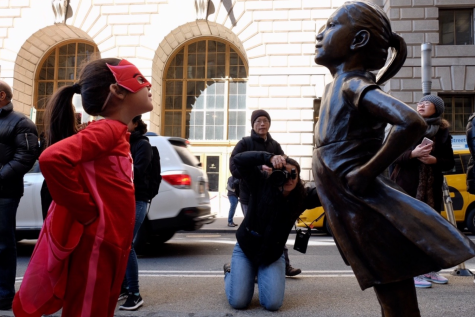
A young girl stares down New York’s “Fearless Girl” statue. Marmor’s favorite part of being a photographer is the connection she forms with her subjects.
This piece was originally published in the pages of the Winged Post on September 6, 2017.


















![“[Building nerf blasters] became this outlet of creativity for me that hasn't been matched by anything else. The process [of] making a build complete to your desire is such a painstakingly difficult process, but I've had to learn from [the skills needed from] soldering to proper painting. There's so many different options for everything, if you think about it, it exists. The best part is [that] if it doesn't exist, you can build it yourself," Ishaan Parate said.](https://harkeraquila.com/wp-content/uploads/2022/08/DSC_8149-900x604.jpg)




![“When I came into high school, I was ready to be a follower. But DECA was a game changer for me. It helped me overcome my fear of public speaking, and it's played such a major role in who I've become today. To be able to successfully lead a chapter of 150 students, an officer team and be one of the upperclassmen I once really admired is something I'm [really] proud of,” Anvitha Tummala ('21) said.](https://harkeraquila.com/wp-content/uploads/2021/07/Screen-Shot-2021-07-25-at-9.50.05-AM-900x594.png)







![“I think getting up in the morning and having a sense of purpose [is exciting]. I think without a certain amount of drive, life is kind of obsolete and mundane, and I think having that every single day is what makes each day unique and kind of makes life exciting,” Neymika Jain (12) said.](https://harkeraquila.com/wp-content/uploads/2017/06/Screen-Shot-2017-06-03-at-4.54.16-PM.png)








![“My slogan is ‘slow feet, don’t eat, and I’m hungry.’ You need to run fast to get where you are–you aren't going to get those championships if you aren't fast,” Angel Cervantes (12) said. “I want to do well in school on my tests and in track and win championships for my team. I live by that, [and] I can do that anywhere: in the classroom or on the field.”](https://harkeraquila.com/wp-content/uploads/2018/06/DSC5146-900x601.jpg)
![“[Volleyball has] taught me how to fall correctly, and another thing it taught is that you don’t have to be the best at something to be good at it. If you just hit the ball in a smart way, then it still scores points and you’re good at it. You could be a background player and still make a much bigger impact on the team than you would think,” Anya Gert (’20) said.](https://harkeraquila.com/wp-content/uploads/2020/06/AnnaGert_JinTuan_HoHPhotoEdited-600x900.jpeg)

![“I'm not nearly there yet, but [my confidence has] definitely been getting better since I was pretty shy and timid coming into Harker my freshman year. I know that there's a lot of people that are really confident in what they do, and I really admire them. Everyone's so driven and that has really pushed me to kind of try to find my own place in high school and be more confident,” Alyssa Huang (’20) said.](https://harkeraquila.com/wp-content/uploads/2020/06/AlyssaHuang_EmilyChen_HoHPhoto-900x749.jpeg)



